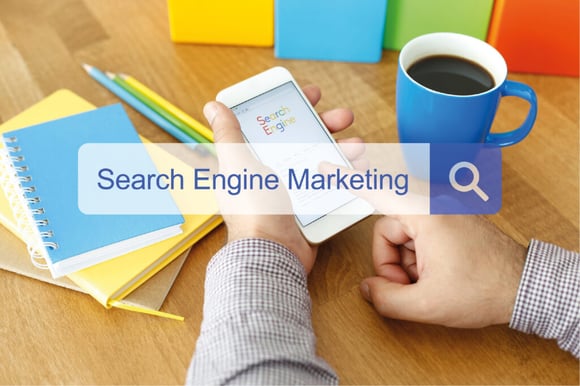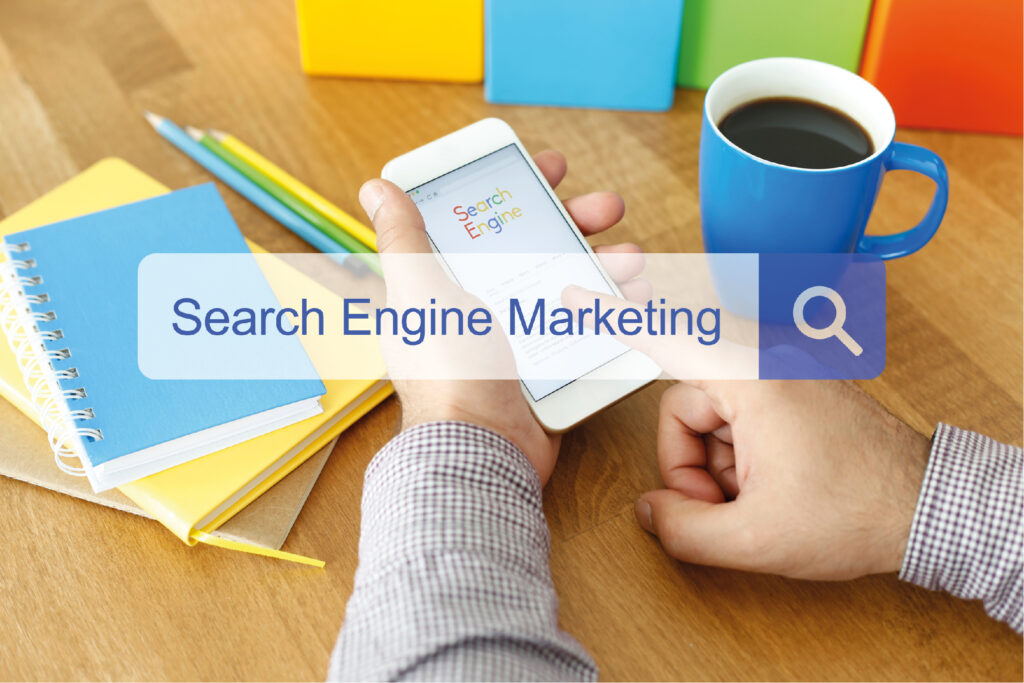If you look up or “Google” how to setup a paid search account, many articles point towards essentially spending more money to help your keywords place higher. That is just one part of the optimization processes but quite honestly, the least effective and most expensive. We are often asked by prospective clients “what would you do to optimize our paid search account?” We figured we’d put together a list of the first items our team checks on when setting up, managing and optimizing a paid search account.

- Ensure conversions are being setup and measured. Place pixels and tracking codes to not only attribute website actions to your paid search account but to also allow for on-going optimizations so you aren’t shooting in to the dark with your ad campaign.
- Allow for enough budget to make a measurable impact. Bigger budget means more data collections which means better decisions, insights and learnings. Small budgets (typically less than $1,000 a month) will often drive some minimal website traffic but will not allow for enough optimizations to move the needle towards a measurable ROI.
- Ensure phrase and exact match keywords are utilized. We often see Google Ads accounts utilizing broad match keywords. There are very few times when broad match will make sense for an advertiser and often broad match will lead to increased costs and lower quality of web traffic.
- Ensure geographic targeting lines up with target markets of the advertiser. This is most likely a no-brainer but needs to be said. It’s very easy to leave geographic targeting open globally which leads to a plethora of clicks and traffic from India, China and other locations that may not be desired.
- Ensure Ad Quality Scores are 7 or higher. Landing page words align with ads and keywords. Keep things relevant to your customers and web users and quality scores will be higher. This lowers the CPC of the keywords and makes engagement more affordable.

- Ensure sitelink extensions are enabled. Sitelinks allow for deeper linking in to your website and allows your customers to more easily find what they are looking for without having to hunt through your site.
- Connect Google Ads to Google Analytics. This allows for more in-depth tracking and attribution analysis between the ad account and your website. This allows for multiple data-points including event, goal and conversion tracking.
- Ensure ads are linked to Google Search Console. Search Console helps to measure your site's Search traffic and performance, fix issues, and make your site shine in Google Search results. Google Search Console is a free service offered by Google that helps you monitor and maintain your site's presence in Google Search results.
- Utilize negative keywords! Tell Google the words and phrases that you DO NOT want to appear on. Negative keywords tell Google what search queries are not relevant to your business, so you don’t rack up ad impressions for searches that won’t lead to sales. For example, if you use the phrase “Home Mortgage Loans” to attract customers, you might wish to use the negative keyword “free” to prevent irrelevant clicks from people looks for free information and service.
Conclusion
The overall strategy for any advertiser should be to always make sure to send relevant traffic to the advertised website. Getting in front of all users within their ideal market or even nationwide who are searching for their products, solutions, or services. Make sure strategy and implementation are aligned with customer and Orange142 on keywords, ads, and landing pages.
When a paid search account is setup properly and continuously reviewed and optimized, it will perform very well and drive maximum return on ad spend while reaching your most engaged customers





